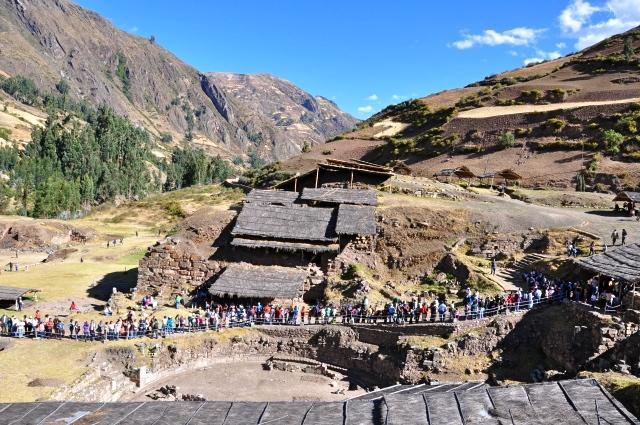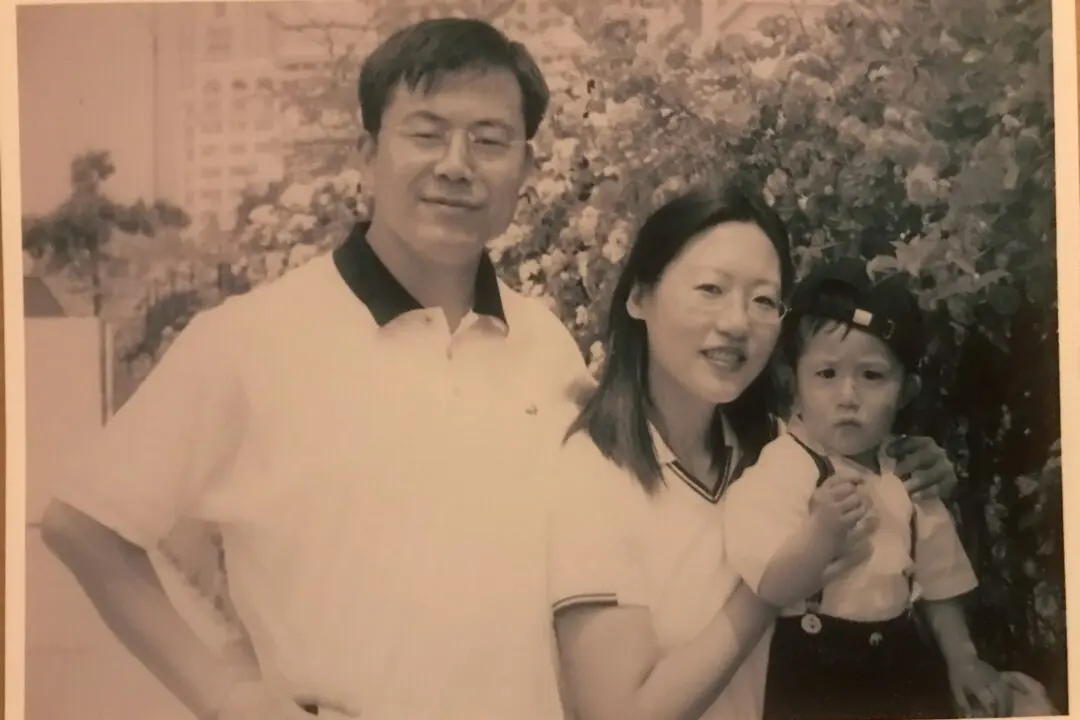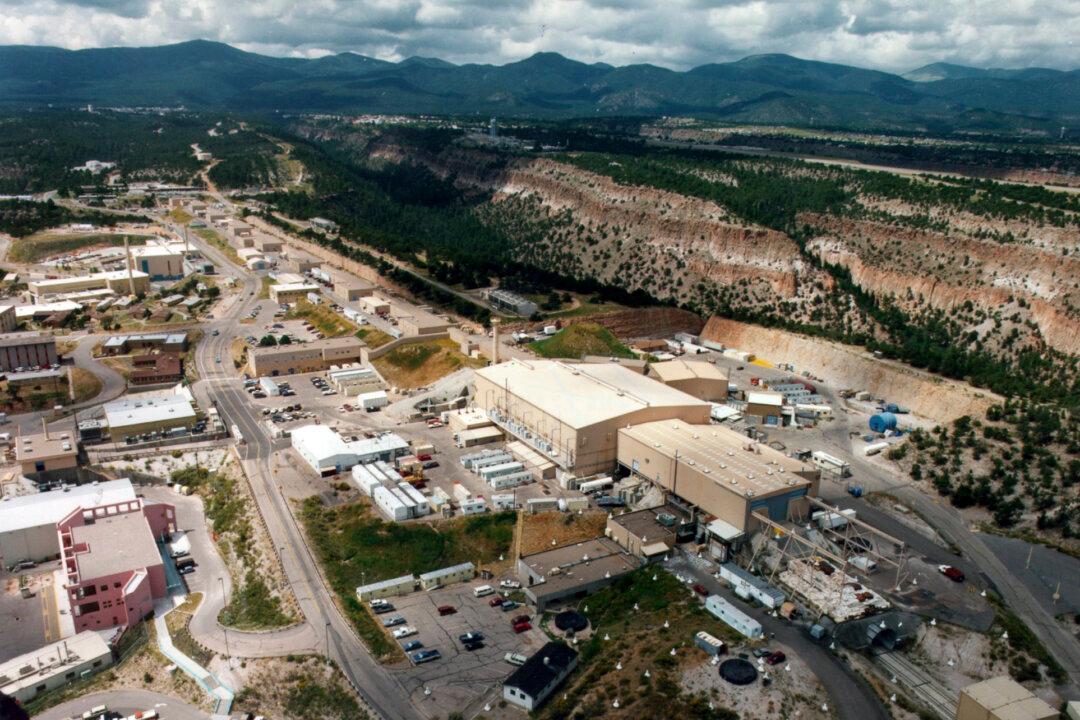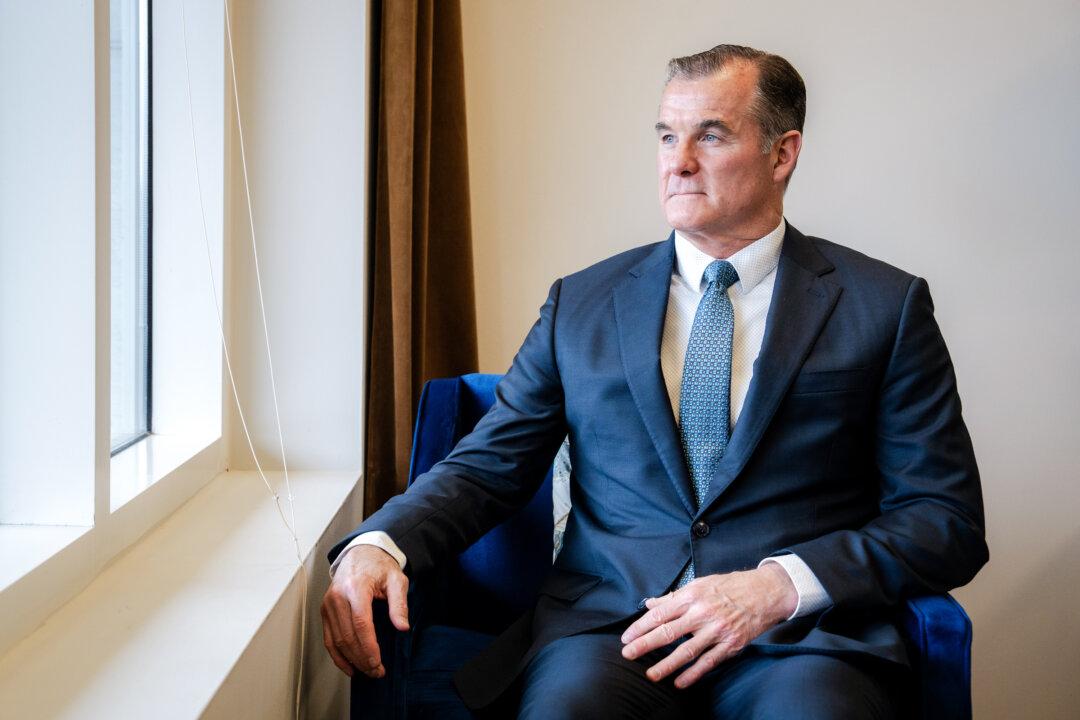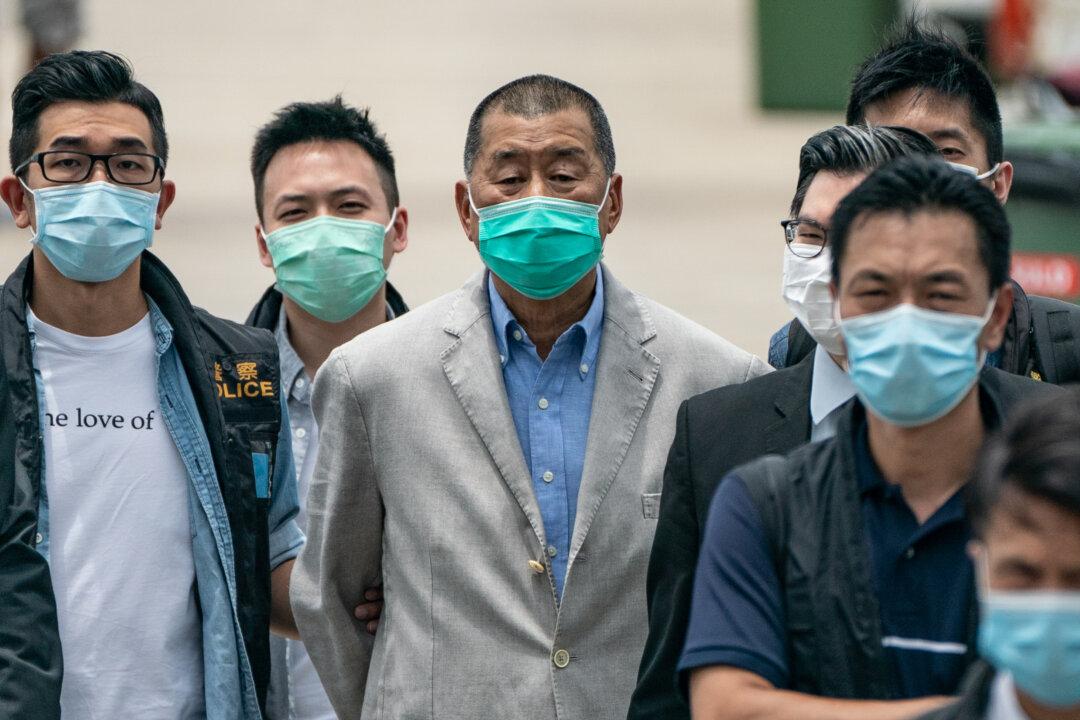SAN FRANCISCO—Uncovering lost cities in India, preserving “earthen buildings” in China, and turning a historical site built in A.D. 400 in Peru into a viable tourist destination, were all projects made possible by the growth of an idea born in Palo Alto, Calif.
“I think it’s this tradition of innovation that characterizes not just the Valley, but California as a whole. It’s a place where people come up with new ideas,” said Dr. Vince Michael, newly promoted executive director of the Silicon Valley-based Global Heritage Fund (GHF).
GHF kicked off the new year with its decade-long executive director and founder, Jeff Morgan, being elected board vice chairman and with Michael being appointed new executive director.
“To me, GHF 2.0 is about leading with technical expertise,” Michael said.
Leading with technology is one of the two new directions in which Michael will be leading the organization, and “it’s not just technology.” According to Michael, technical expertise is working with the best and leading the way with the “smartest people in terms of how they preserve certain types of structures.”
“California is developing the latest technology and the latest techniques for saving world heritage,” Michael said.
In Rakhigarhi, India, ground-penetrating radar was used to study an underground village, and an aerial scan of Peru’s Marcahuamachuco center is scheduled for this year. GHF also developed the Global Heritage Fund Network, which includes an interactive database of heritage sites.
GHF, founded in 2002, is a nonprofit organization aimed to protect, preserve, and sustain cultural heritage sites in developing areas around the world.
“[GHF] is one of the key organizations internationally that really understands how heritage conservation works, which is a community development model that sustains not only the building or the site but the community it’s in,” Michael said.
Preservation by Design
This idea of “Preservation by Design” is GHF’s hallmark system, and one of the reasons Michael joined the organization in 2012.
Preservation by Design has four parts: planning, conservation science, community development, and partnerships. Two to three years are spent developing a master plan, a staff of experts maps out the scientific methodologies and technology, the community of the site is brought into the conversation, and then partnerships are made with organizations from the local to the international level to ensure the sustainability of the site before any preservation work begins.
Michael, who has worked with heritage conservation for 30 years, stressed the importance of having local involvement built into each project and of working with the community to find which “elements of the past they want to bring into the future.”
“We’re also going to [lead with] what I think is the cutting edge of heritage conservation global wide, and that’s ‘cultural landscapes,’” he added.


